Seafloor Organisms and Changing Ocean Conditions in Antarctic
What Are They Doing?
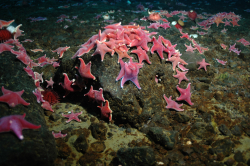 Underwater World
Underwater World
This project studied the effects of rising ocean acidification and temperatures on seafloor dwelling animals in the shallow waters of Antarctica. Carbon moves around the earth, between land, atmosphere, and water in the carbon cycle. The ocean absorbs Carbon Dioxide (CO2) from the Earth’s atmosphere. As increasing amounts of Carbon Dioxide are absorbed, the pH of the water is decreasing or becoming more acidic. This is called ocean acidification.
Several marine animals, such as mussels, snails, sea urchins, and more use the naturally occurring calcium (Ca) and carbonate (CO3) in seawater to construct their shells or skeletons. As seawater becomes more acidic, carbonate becomes less available, which makes it more difficult for these organisms to form their skeletal material. This negatively affects the health of the animal in many different ways.
In Antarctica, it is predicted that water temperatures will increase and the calcium carbonate needed by these organisms will decrease. Being sensitive to small changes in water temperatures and unable to form adequate shells and skeletons, many of these animals may have declined in health. Understanding how these small animals will react to changing ocean conditions is important, as several larger animals rely on them as a food source.
To collect their data, SCUBA divers dived to the seafloor and collected organisms. The research team ran several experiments on the animals to see how they would respond to changes in water acidification and temperature.


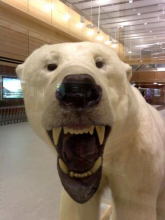
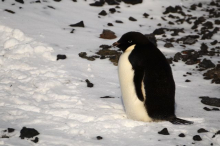
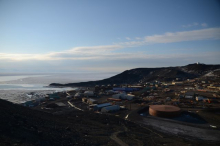

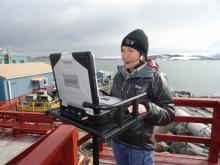
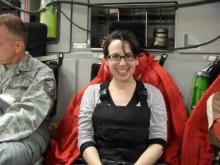
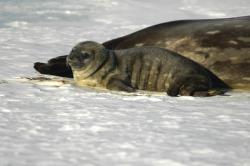 Weddell seal pup (Photo by Michael League)
Weddell seal pup (Photo by Michael League)

 A hot water drill used to drill through the sea ice
A hot water drill used to drill through the sea ice

